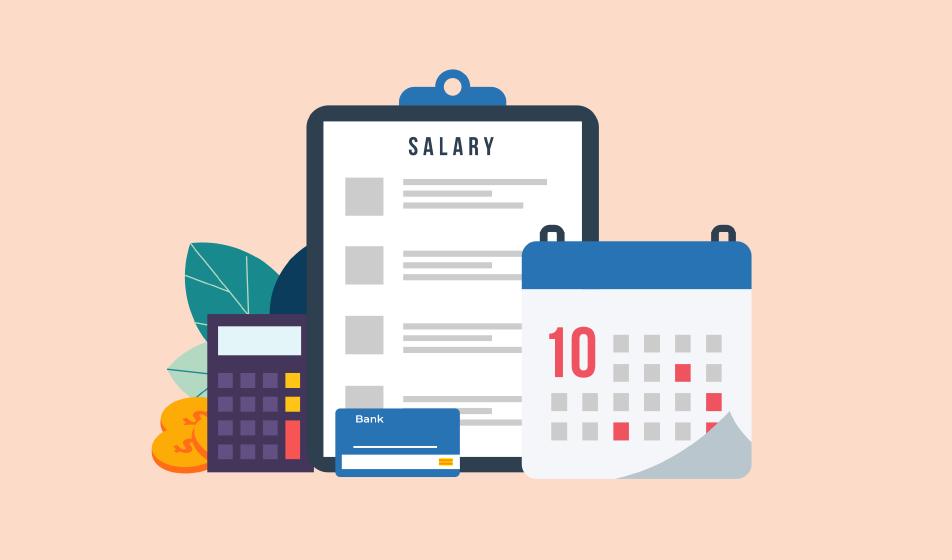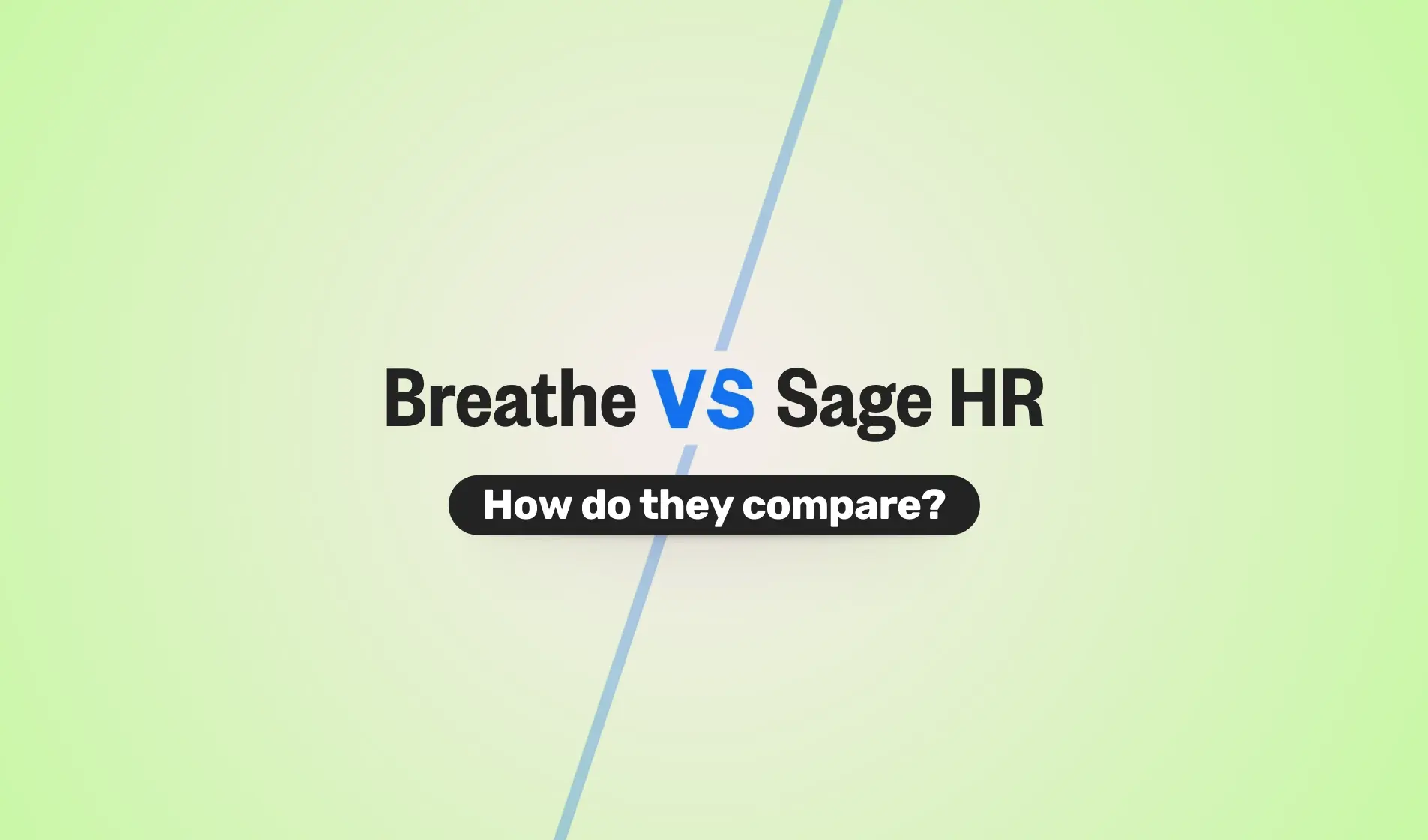We’ve come such a long way since the days when innuendo and witty put downs were common in the workplace. And, thankfully, society is a much fairer and equal place with people protected and included rather than mocked and marginalised.
However, despite great strides forward, discrimination in the workplace does rear its ugly head from time to time. As a manager or employer, you need to be aware of what constitutes discrimination, not only because your staff deserve to be treated fairly and equally, but because you could be breaking the law if you don’t.
Key takeaways:
-
Discrimination at work happens when someone is treated unfairly because of a protected characteristic, like age, gender or disability.
-
The Equality Act 2010 protects people from both direct and indirect discrimination in the workplace.
-
This includes things like unfair pay, biased recruitment or rules that put certain groups at a disadvantage.
-
Employers are expected to prevent discrimination by putting clear policies in place, offering training, and creating a respectful workplace culture.
What is workplace discrimination?
 Discrimination in the workplace is unjust treatment of people, based on certain prejudices. Discrimination can occur when an employee is treated unfavourably due to their gender, sexuality, race, religion, pregnancy and maternity or disability.
Discrimination in the workplace is unjust treatment of people, based on certain prejudices. Discrimination can occur when an employee is treated unfavourably due to their gender, sexuality, race, religion, pregnancy and maternity or disability.
If you treat someone differently because they possess different characteristics to other members of staff you could be acting unlawfully. Direct discrimination occurs when someone is treated less favourably than other employees. For example, the employee has the qualifications to do the job but you turn them down because you think they might want to start a family soon.
Direct discrimination can also occur when you pay someone less than other employees for no good reason, you select particular workers for redundancy based on protected characteristics, you don’t make reasonable adjustments for a disabled worker, you sack someone for making allegations of discrimination or you unfairly reject a request for flexible working from a new parent.
Indirect discrimination occurs when certain rules or regulations put certain staff members at a disadvantage. For example, if you insist all workers should work Sundays, this could be seen as discriminating against Christians who consider it a day of worship.
What are the 9 protected characteristics under The Equality Act 2010?
The Equality Act 2010 brought together a number of pieces of separate legislation under one banner and strengthened the laws around discrimination. In the Act, nine protected characteristics are listed:
- Age
- Disability
- Gender reassignment
- Sex
- Sexual orientation
- Religion or belief
- Race
- Marriage and partnership
- Pregnancy and maternity
If you do discriminate against your employees on one of these grounds, then they can make a complaint against you or even take their case to court.
Steps employers can take to ensure they aren’t discriminating
As an employer, you need to be proactive in preventing discrimination if you want to stay on the right side of the law.
Recruitment
Avoiding discrimination starts before you even employ someone. Make sure your advert doesn’t discriminate by using particular terms e.g. Office girl could imply only women should apply. Only use other terms like “highly experienced” when they are an actual job requirement or you could be discriminating against someone who hasn’t had the chance to gain any experience yet. You also need to ensure all candidates are treated the same – ask them the same set of questions and avoid questions which fall under the protected characteristics such as asking someone if they plan to start a family soon.
Policy
Create an equal opportunities policy. This should lay out the protected characteristics, direct and indirect discrimination and what behaviour is and isn’t acceptable at work. It will form the foundation of a safe and respectful workplace for your employees and can significantly reduce the risk of you inadvertently discriminating against staff by helping staff to understand their rights and responsibilities. By having such a policy in place you are already showing them you are a caring employer who believes in equal opportunity and will make sure they are all treated fairly.
Education
Educate your workers about discrimination and let them know what your policy on it is. Include details of it in their contract of employment and employee handbook if you have one. Discrimination training can also form part of your onboarding process so employees are aware right from the start of the dos and don’ts.
Respect
As part of the company culture you should encourage your staff to respect each other’s differences.
Deal with complaints fast
If someone does complain of discrimination you should deal with it quickly and confidentially. Make sure you have a robust complaints procedure in place so staff feel they are listened to and that differences are respected in their workplace.
Training
As well as having general discrimination training as part of the onboarding process for new employees, train your managers and supervisors to spot cases of discrimination and how to respond to them.
Enforcement
It’s great having a workplace policy on discrimination but not if you only pay lip service to it. You have to make sure it is properly enforced and your staff feel confident in its validity.
Review
Regularly review your policies and training to ensure they’re effective and up to date with UK discrimination law.
Support and resources for dealing with workplace discrimination
If you or your employees need help understanding or responding to discrimination, here are trusted UK organisations that offer free and impartial support:
-
Acas: Offers guidance for employers, employees and workers across England, Scotland and Wales. Their advice covers everything from handling discrimination complaints to creating fair policies.
-
Citizens Advice: Advisers can help you understand your rights and decide on your next steps. They offer support on things like raising concerns, making a formal grievance or exploring legal action.
-
Equality Advisory Support Service: Provides confidential advice on discrimination and human rights issues, including how to take action under the Equality Act.
-
Trade unions: If you're a member of a union, you can contact them for advice, support or legal representation related to discrimination at work.
Frequently asked questions
What responsibilities do employers have regarding discrimination?
Employers must protect their people from workplace discrimination. That means creating a culture where everyone feels safe and respected. To do this well, employers should put clear policies in place, train their teams, make reasonable adjustments for disabled workers, and deal with complaints quickly and fairly. It’s not just about following the law. It’s about doing right by your people.
What’s the difference between discrimination and unconscious bias?
Discrimination is when someone is treated unfairly or less favourably because of a protected characteristic, such as age, gender or race. In many cases, this treatment is against the law.
Unconscious bias is the natural tendency to make quick judgements about others without realising. On its own, it isn’t unlawful, but it can lead to decisions that are unfair or exclusionary.
That’s why many organisations choose to raise awareness and offer training around unconscious bias. It can help people make more considered decisions and build a fairer, more inclusive workplace.
.webp)
Author: Sarah Benstead
Sarah is a Product Marketing Specialist here at Breathe. Always innovating, she loves writing about product releases in an engaging & informative way. When she's not coming up with new ideas, she enjoys long walks with her dog, Clifford.





